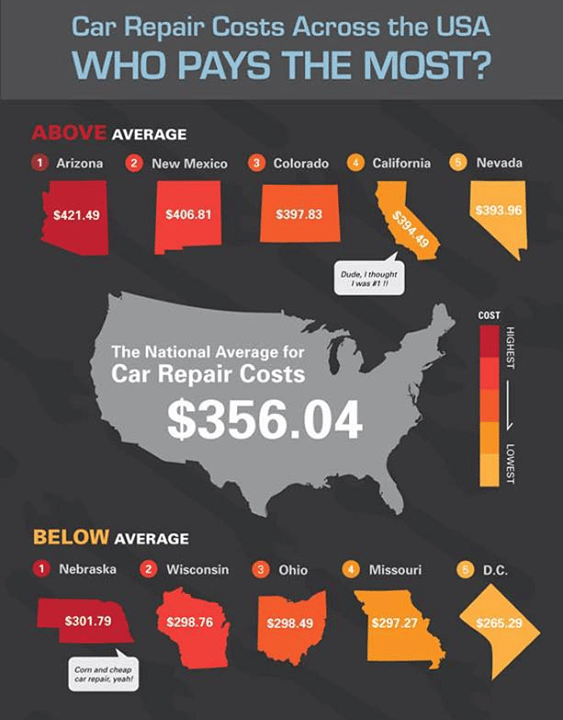When you're behind the wheel, those little caution lights on your car's control panel can be rather perplexing. What do they imply, and should you be worried? Understanding these signals is critical for your vehicle's wellness, however it doesn't have to be a difficult job. By deciphering the enigma behind each light, you'll be equipped to handle potential issues successfully and keep your vehicle running efficiently. So, following time a caution light flashes, don't panic - arm yourself with understanding and take control of the circumstance.
Importance of Automobile Warning Lights
Comprehending the relevance of your car's caution lights is crucial for preserving your car's health and wellness. These lights serve as your cars and truck's communication system, notifying you to potential issues that might endanger your safety and security when traveling or lead to costly repair services if overlooked. By taking notice of these warnings, you can address issues early and prevent more damages to your lorry.
Overlooking warning lights can lead to major repercussions, such as engine failure, brake breakdowns, or even mishaps. These lights are designed to notify you of problems ranging from reduced tire pressure to engine malfunctions, offering you the possibility to act prior to the circumstance gets worse. Regularly examining and comprehending these cautions can conserve you time, money, and guarantee your safety and security while driving.
In addition to keeping you secure, reacting without delay to cautioning lights can also help extend the life expectancy of your cars and truck. By addressing issues at an early stage, you can prevent small troubles from rising into significant repair work, eventually saving you money and time over time. Remember, your auto's warning lights are there for a factor - do not ignore them!
Common Caution Lights and Meanings
When it concerns driving your cars and truck, knowing typical warning lights and their meanings is necessary for your security and vehicle maintenance. Right here are a few typical warning lights you might come across:
1. ** Examine Engine Light **: This light indicates an issue with your engine. It could be something small like a loosened gas cap or something a lot more significant like engine misfiring.
2. ** Battery Light **: This light signals a trouble with your auto's billing system. It could suggest a malfunctioning battery, alternator, or other relevant elements.
3. ** Oil Pressure Light **: When this light comes on, it suggests your engine may be running low on oil or experiencing reduced oil pressure, which can bring about engine damages if not attended to promptly.
4. ** Brake System Light **: This light indicates an issue with your stopping system. linked web-site might mean low brake fluid degrees or an issue with the brake system that calls for instant attention.
Understanding these typical warning lights will aid you determine potential concerns at an early stage and avoid more considerable problems down the road.
Just how to React To Caution Lighting
On the occasion that a caution light brightens on your car's control panel, it's essential to react promptly and properly. When a caution light begins, the initial step is to consult your owner's guidebook to recognize the specific problem shown by the light.
Some lights require immediate interest, while others might indicate a much less urgent matter. If the caution light is red or blinking, it's generally a sign of a severe trouble that needs immediate action. In such instances, it's suggested to pull over securely, turn off the engine, and seek specialist help.
For Read More Here or orange caution lights, while they may not need immediate attention, it's still essential to address the underlying problem immediately to avoid further damages. Normal upkeep and assessment can aid protect against cautioning lights from coming on all of a sudden.
Verdict
In conclusion, comprehending your automobile's warning lights is important for preserving your car's health and safety. By frequently inspecting and reacting to these warnings, you can address potential concerns early and stop pricey repair work or safety and security dangers. Bear in mind to consult your owner's guidebook for information on different warning lights and always take prompt action for red or flashing lights. Remain proactive and keep your cars and truck running efficiently!
